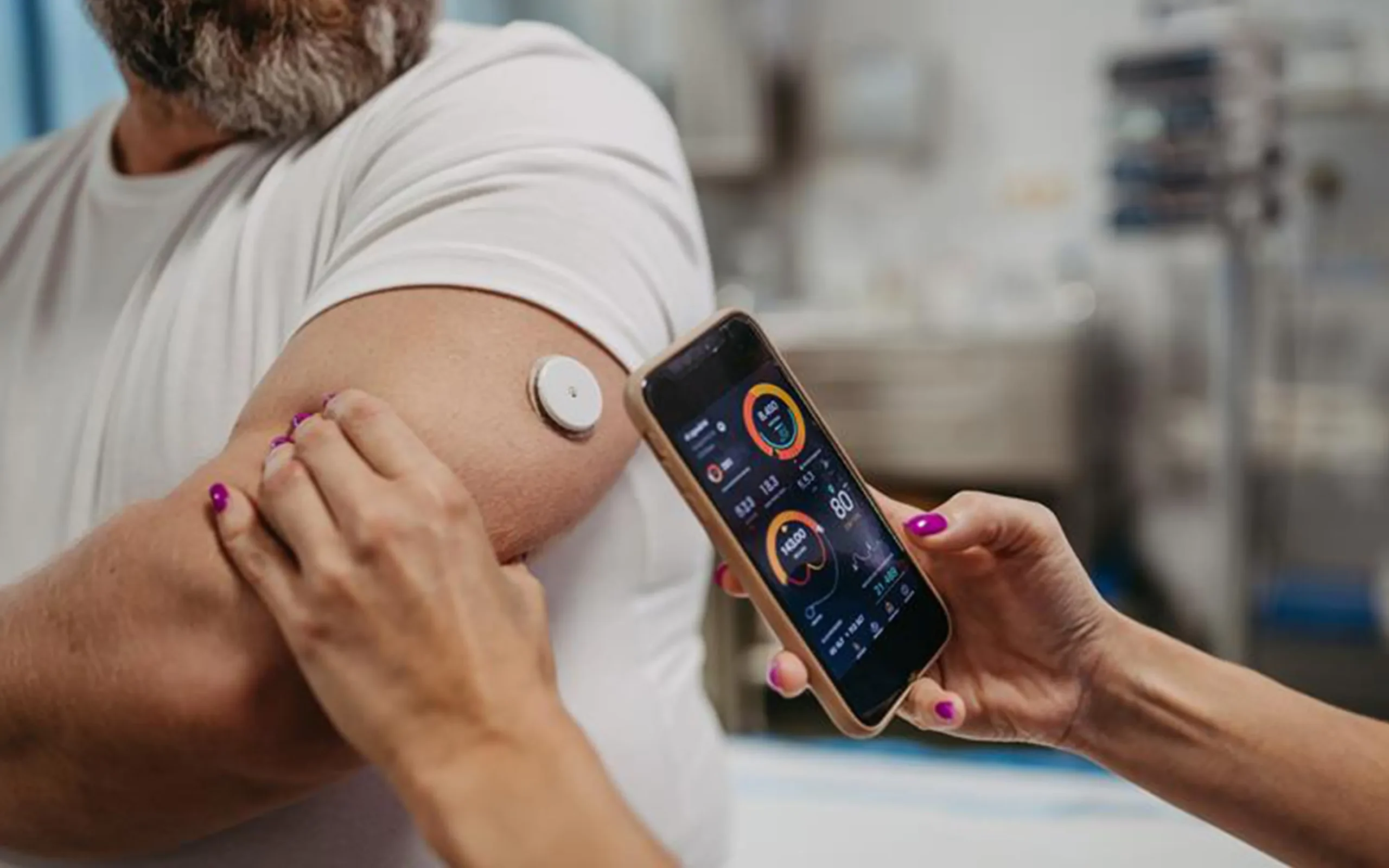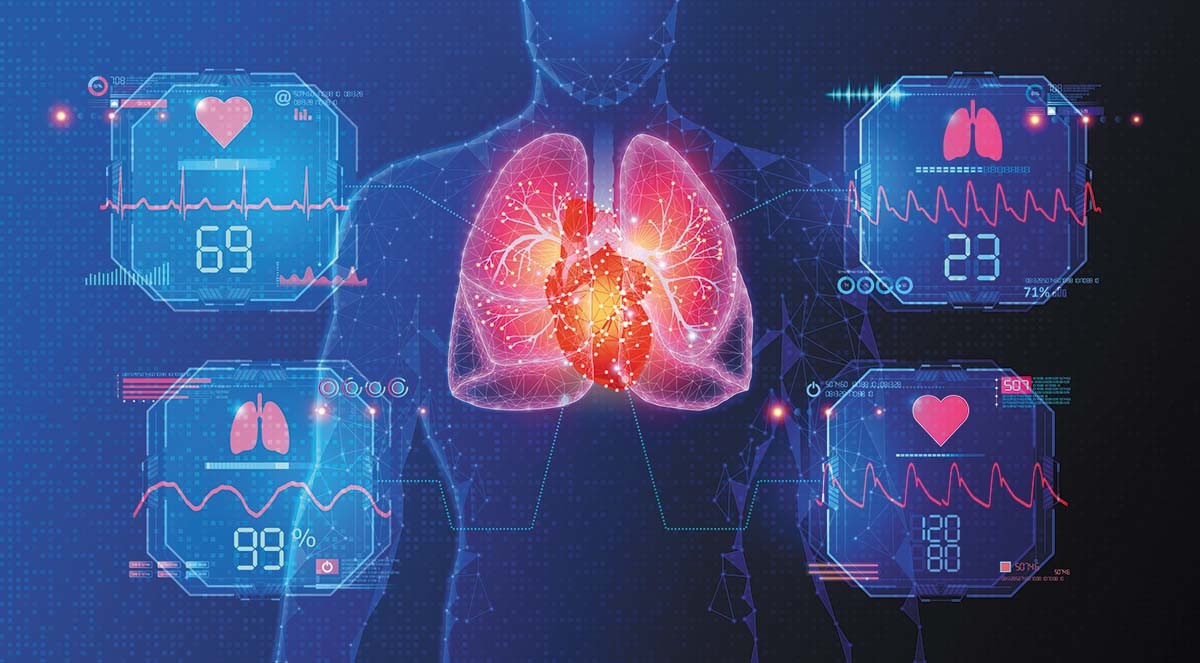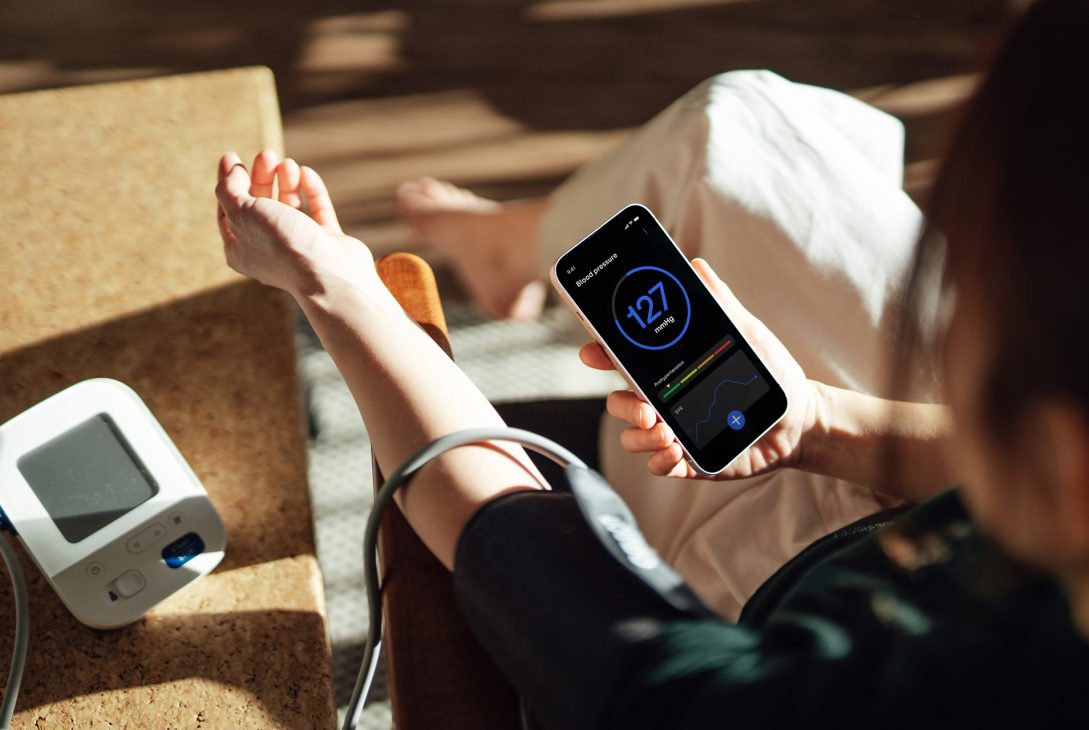In the past, healthcare largely focused on treating illness after it appeared. People went to the doctor when they felt pain, noticed symptoms, or experienced a health crisis. But that approach is changing fast. With rapid advancements in technology, medicine is shifting from a reactive model—treating disease—to a proactive model, centered on prevention and early detection. This evolution, known as preventive medicine, is redefining how we think about health, wellness, and longevity.
1. Understanding Preventive Medicine
Preventive medicine refers to practices designed to prevent diseases before they develop, rather than just treating them afterward. It focuses on lifestyle changes, early screening, vaccinations, and predictive health analytics to maintain long-term wellness.
There are three levels of prevention:
-
Primary prevention: Avoiding disease before it starts (e.g., vaccines, healthy diet, exercise).
-
Secondary prevention: Detecting diseases early (e.g., cancer screenings, blood pressure monitoring).
-
Tertiary prevention: Managing and reducing the impact of chronic diseases (e.g., cardiac rehab, diabetes management).
The ultimate goal is to improve quality of life and reduce healthcare costs by catching potential health issues early.
2. The Role of Technology in Prevention
Technology has become one of the strongest allies in preventive medicine. From wearable devices to artificial intelligence, digital health tools are helping individuals and doctors track, predict, and manage health risks in ways never before possible.
a. Wearable Health Devices
Smartwatches and fitness trackers have evolved far beyond counting steps. Today’s wearables can monitor heart rate variability, oxygen saturation, sleep patterns, stress levels, and even detect irregular heart rhythms like atrial fibrillation.
Apple, Fitbit, and Garmin, for example, are integrating advanced sensors that alert users to potential heart problems before symptoms appear. These continuous data streams allow people to take action sooner—and share insights directly with their healthcare providers.
b. Artificial Intelligence (AI) and Predictive Analytics
AI is transforming how medical professionals interpret patient data. By analyzing vast amounts of health information—genetic data, lab results, medical histories—AI algorithms can identify risk patterns that may go unnoticed by humans.
For instance, AI tools are helping radiologists detect breast cancer earlier through image recognition, sometimes identifying abnormalities invisible to the human eye. Predictive models can also estimate a person’s likelihood of developing conditions like diabetes or heart disease, empowering them to make lifestyle changes early on.

c. Telemedicine and Remote Monitoring
The COVID-19 pandemic accelerated the adoption of telemedicine, making virtual doctor visits a new normal. For preventive care, telehealth allows people to consult with doctors regularly without leaving home, improving access and compliance.
Meanwhile, remote patient monitoring (RPM) systems collect real-time health data from patients with chronic conditions. For example, a smart blood pressure cuff or glucose sensor can transmit daily readings to a doctor’s dashboard. This allows clinicians to adjust treatment before complications arise—preventing hospital visits and long-term damage.
3. Personalized Preventive Medicine: The Power of Genetics
Genetic testing has opened a new frontier in preventive healthcare. By analyzing an individual’s DNA, doctors can identify inherited risks for certain diseases long before symptoms appear.
For example:
-
BRCA1/2 testing helps predict breast and ovarian cancer risk.
-
Genetic panels can detect predisposition to cardiovascular disease, Alzheimer’s, or metabolic disorders.
Armed with this information, patients can adopt targeted prevention strategies—such as specific diets, medications, or more frequent screenings—tailored to their genetic makeup. This personalized approach transforms “one-size-fits-all” healthcare into something truly individualized.
4. Lifestyle Medicine: The Foundation of Prevention
While technology is powerful, lifestyle choices remain the cornerstone of preventive medicine. According to the World Health Organization (WHO), up to 80% of chronic diseases could be prevented through better nutrition, physical activity, and stress management.
Here are four essential lifestyle pillars:
-
Nutrition: A diet rich in whole foods, vegetables, and lean proteins reduces inflammation and supports metabolic health.
-
Exercise: Regular activity helps regulate blood sugar, blood pressure, and mental health.
-
Sleep: Poor sleep is linked to heart disease, obesity, and weakened immunity.
-
Mental health: Chronic stress contributes to inflammation and numerous health disorders; mindfulness and relaxation techniques can mitigate that risk.
Combining lifestyle medicine with digital tools—like apps that track meals, exercise, or mood—can further enhance adherence and outcomes.
5. Preventive Screenings and Vaccinations: Staying Ahead of Disease
Preventive screenings are among the most effective tools for catching disease early. Regular check-ups such as mammograms, colonoscopies, blood pressure checks, and cholesterol tests save millions of lives each year.
Vaccinations also play a vital role—not just for children, but adults as well. Flu shots, COVID-19 boosters, HPV vaccines, and shingles shots prevent serious illnesses and reduce healthcare burdens.
The challenge, however, lies in awareness and accessibility. Many people skip preventive check-ups due to cost, fear, or lack of information. Public health campaigns and digital reminders are helping bridge this gap by encouraging proactive care.
6. The Economics of Prevention
One of the strongest arguments for preventive medicine is financial. Chronic diseases such as diabetes, heart disease, and obesity cost billions annually in healthcare expenses and lost productivity.
Studies show that every $1 invested in preventive health programs can save between $3 to $6 in treatment costs down the road. Governments and insurance companies are beginning to recognize this, incentivizing preventive care through coverage of screenings, vaccinations, and wellness programs.
7. The Ethical and Data Privacy Challenge
While technology-driven prevention offers enormous benefits, it also raises ethical and privacy concerns. Who owns your health data? How secure are genetic results stored online?
Medical organizations are working toward stricter data protection standards and transparent consent policies. Patients, too, are becoming more informed about how their data is used. Building trust is key—because without it, the adoption of digital health tools could slow significantly.
8. Looking Ahead: A Future of Predictive and Preventive Health
The next decade will likely see integrated preventive ecosystems, where genetics, wearable data, and AI insights work together seamlessly. Imagine a world where your smartwatch detects early insulin resistance, your doctor receives an alert, and your diet app adjusts your nutrition plan automatically.
This kind of predictive prevention is already taking shape. Health isn’t just about treating illness—it’s about continuously optimizing the body’s systems to prevent disease before it begins.

Conclusion
Preventive medicine is not just a medical trend—it’s a health revolution. With technology, genetics, and lifestyle medicine converging, we are entering an era where people can take control of their well-being like never before.
The goal of modern healthcare is no longer to add years to life, but to add life to years—ensuring that we not only live longer but live healthier, more fulfilling lives.






